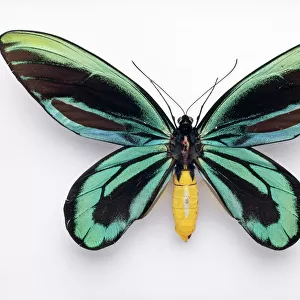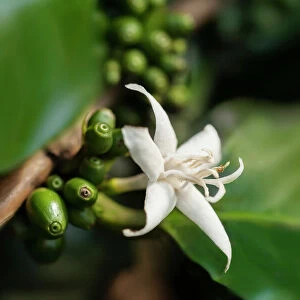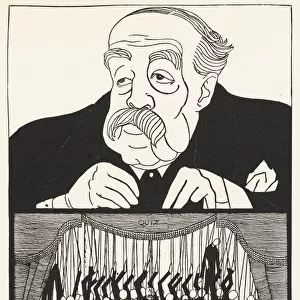Home > Animals > Mammals > Hipposideridae > Arabica
Curtis British Entomology Plate 695
![]()

Wall Art and Photo Gifts from Mary Evans Picture Library
Curtis British Entomology Plate 695
Lepidoptera: Alucita hexadactyla (Twenty-four Plume Moth) [Plant: Medicago arabica (Spotted Medick)] Date: 1824-39
Mary Evans Picture Library makes available wonderful images created for people to enjoy over the centuries
Media ID 23040632
© The Robin Symington Collection/Mary Evans Picture Library
1820s 1830s Arabica Butterflies Butterfly Curtis Entomology Ledipotera Moth Plume Spotted Medicago Medick Twenty Four
FEATURES IN THESE COLLECTIONS
> Animals
> Insects
> Butterflies
> Related Images
> Animals
> Mammals
> Hipposideridae
> Arabica
> Mary Evans Prints Online
> New Images August 2021
EDITORS COMMENTS
This image is taken from Curtis's British Entomology, a seminal work in the field of Lepidopterology, or the study of moths and butterflies, published between 1824 and 1839. Plate 695 features the Twenty-four Plume Moth, Alucita hexadactyla, with its intricately patterned wings and distinctive long, feathery appendages. The moth is depicted resting on the leaves of Medicago arabica, commonly known as Spotted Medick, a plant native to the Mediterranean and western Asia. John Curtis, FLS, the esteemed English botanist and entomologist, was the driving force behind this comprehensive publication, which showcased over 4,000 meticulously illustrated species of Lepidoptera. The plates were produced using the most advanced techniques of the time, resulting in stunningly detailed and accurate representations of the subjects. The Twenty-four Plume Moth, with its hexadactyl (six-fingered) forelegs, is a small moth with a wingspan of approximately 2.5 centimeters. The moth's wings are adorned with intricate patterns of brown, gray, and white, and its long, plume-like appendages give it a unique and otherworldly appearance. The Spotted Medick plant, on which the moth is perched, is characterized by its trifoliate leaves and small, pink or purple flowers. This image offers a glimpse into the rich natural history of the 19th century, showcasing the beauty and intricacy of both the moth and the plant. The meticulous attention to detail and the high-quality production techniques used in the creation of this plate make it an invaluable resource for both scientific research and aesthetic appreciation.
MADE IN THE UK
Safe Shipping with 30 Day Money Back Guarantee
FREE PERSONALISATION*
We are proud to offer a range of customisation features including Personalised Captions, Color Filters and Picture Zoom Tools
SECURE PAYMENTS
We happily accept a wide range of payment options so you can pay for the things you need in the way that is most convenient for you
* Options may vary by product and licensing agreement. Zoomed Pictures can be adjusted in the Basket.









